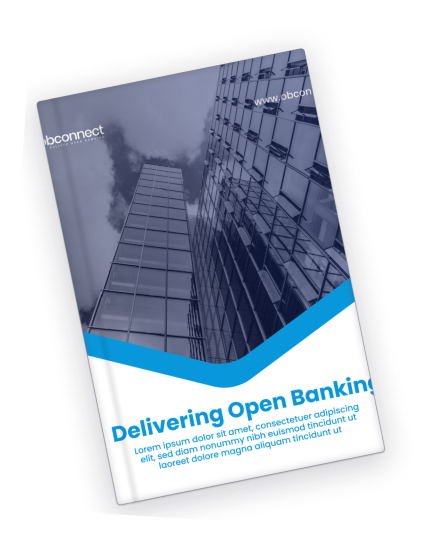Banks/Financial Institutions
Precise in transactions:
Prior to the actual movement of money, ensure deposits and payments are directed to the right accounts, preventing errors and fraud.
Use case:
If a customer sending money from their bank, to another account in another bank, is clearly told that the name of the account they are sending to is not the name of the account they want to send to, they have the opportunity to correct the problem before sending and thus resolve any issues that would have arisen by sending the money and then realising it was misdirected to the wrong account.
Corporates
Ensuring accurate payments:
Imagine a utility company needing to remit funds to numerous customers. The company, not having these bank details initially, requests and then receives them from the customers. Before initiating the payment, it’s vital to verify not just that the bank account name corresponds to what the customer has provided, but also matches the utility account holder’s name.
Use case:
This helps me immensely as all monies will safely go to the correct account. I know that mistakes would have been made if we did not instruct the check, and the nature of the ‘rebate’ means it is open to fraud and abuse however this method absolutely stops this from happening.






















